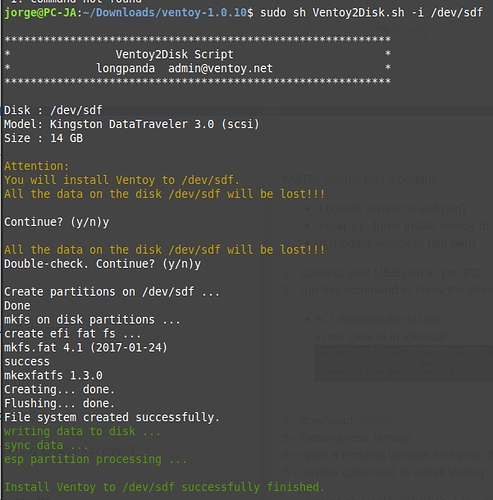

It is possible to enable Secure Boot support in the software (under "Options" in the main menu, after which you will have to use the "Update" button), but this feature does not always work. To boot, you will have to disable Secure Boot in UEFI (if option is enabled). It may interest you: How to Manually Cause BSOD (Blue Screen) in Windows 10, 8.1, and Windows 7 The default boot menu will look something like this:
Once this is done, you can either boot from a flash drive in BIOS or use the boot menu to boot from it in both Legacy and UEFI mode. If you want, you can organize them in folders however you want, it will not affect the startup functionality (but do not use spaces or Cyrillic characters in the folder names). Copy the required bootable ISO files to the first ExFAT partition in any way you like. This will split the drive into two partitions: a large one on the ExFAT file system and one on the FAT file system, with files to boot (probably only the first of these will appear in the explorer). After a short time, you will receive a message that Ventoy has been successfully installed on the device. Confirm twice that you are aware that all data on the flash drive will be erased. In the program window, select the desired flash drive ( Attention: all data on it will be erased) and click the "Install" or "Install" button to prepare the USB flash drive. From the folder, run Ventoy2Disk.exe (in case of SmartScreen warning, click "More" and then "Run Anyway"). Download the file with Ventoy from the program's official site and unzip it to a convenient location. 
1 Easily create a multi-boot flash drive with VentoyĮasily create a multi-boot flash drive with Ventoyįirst about the basic use of the program, specifically how to make a multiboot flash drive in Ventoy as fast as possible:.





 0 kommentar(er)
0 kommentar(er)
